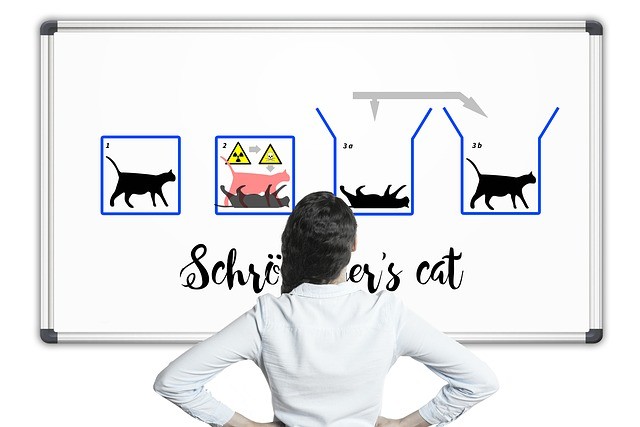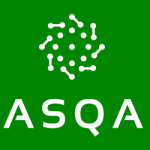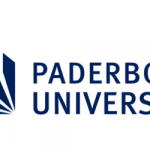The world’s first ‘Quantum Art Jam”

(Medium) Russell Huffman, product designer at IBM on the quantum computing team, has written an extensive review of the world’s first “Quantum Art Jam.” The essay includes photographs and commentary and a link to The New School site with teams and projects. IQT-News summarizes here but the complete “quantum art review” is worth the time to read. Huffman has an art background but grad school at Georgia Tech that “brought him into the tech scene’.
Over the past six months, Huffman and handful of folks from IBM Quantum have worked with The New School and the Parsons School of Design to put on a Design Jam that explores quantum computing through the lens of art and music. they began organizing the event under the hypothesis that quantum computing, though nascent, has the capacity to be used for creative expression.
The world’s first Quantum Design Jam
The Design Jam featured two tracks, quantum art and quantum music, each of which served to help new quantum artists and musicians explore the medium. The quantum art track was led by Russell Huffman and Paul Kassebaum and the quantum music track was led by James Weaver and Brian Ingmanson.
Quantum Art
Paul Kassebaum gave a physics primer that served as a gentle but comprehensive math-light introduction to quantum mechanics that included the phenomena that make quantum mechanics unique, and the things that students should consider in their artwork.
Huffman gave a tutorial on how one can make art with quantum computing using Processing, Qiskit, and eventually running their artwork with real quantum systems. All the material from the Jam, including tutorial code, starter project, and presentation slides can be found in this Github repo.
Quantum music
James Weaver created a great starting point with the Quantum Music Playground, a Max for Live plugin built into the music creation program Ableton. Using the Quantum Music Playground, students could build everything from Twinkle Twinkle Little Star to a full-fledged EDM track. James walked through the fundamentals of how to make a simple melody, then Brian took a basic 4-on-the-floor drum beat and evolved it into a dance go-go pattern. All of the tutorials were modeled within the IBM Quantum Composer, and then implemented within the Quantum Music Playground.
The Main Event
After a week of working and hacking, the students were invited to the IBM Quantum community space in Manhattan for the final critique. Overall, we were all very impressed by the genuine effort and focus on the science in the projects. The projects showed a legitimate effort towards the underlying mechanics of the technology. After all projects were presented, the mentors and judges chose one winner from each of the categories of art and music.
Notable Projects
Click on “Notable Projects” to see the winning teams and projects on The New School website.
Russell finished by explaining he had text input from Paul Kassebaum and Brian Ingmanson. All opinions are theirs and the above article does not represent IBM’s positions, strategies, or opinions.



















